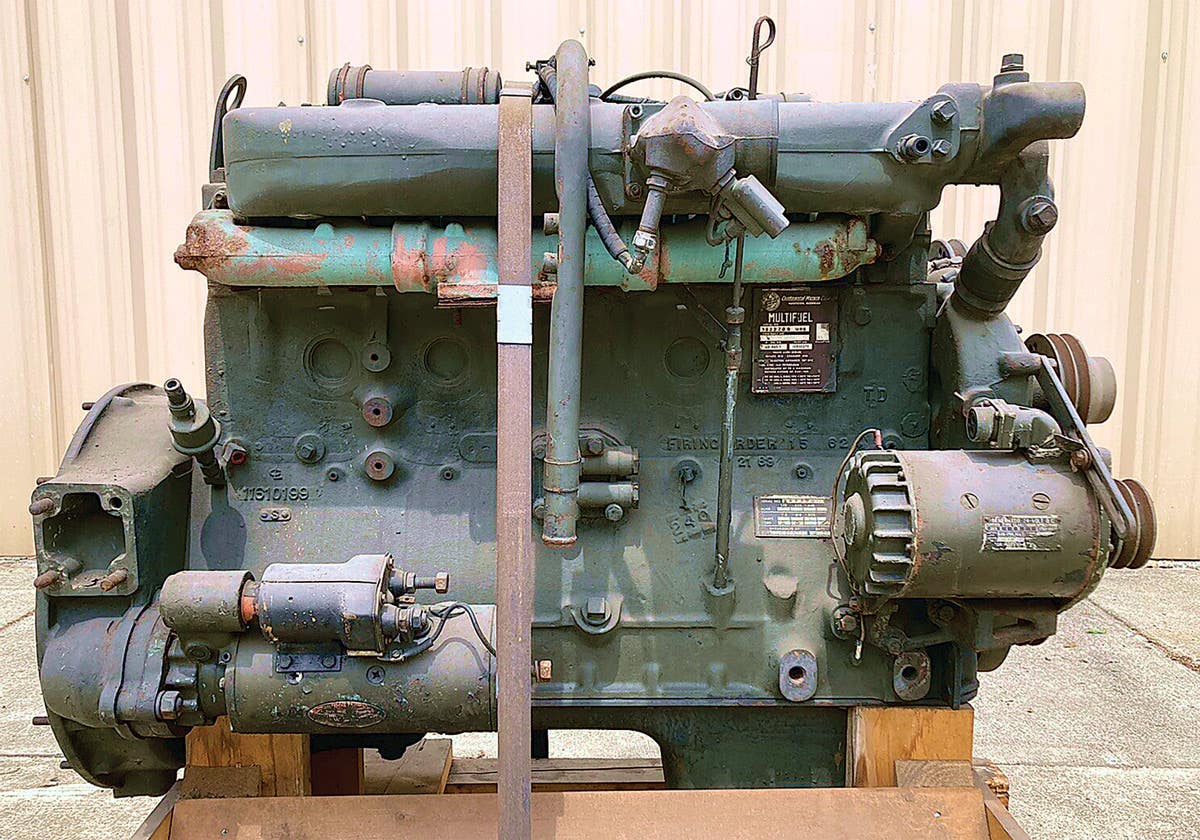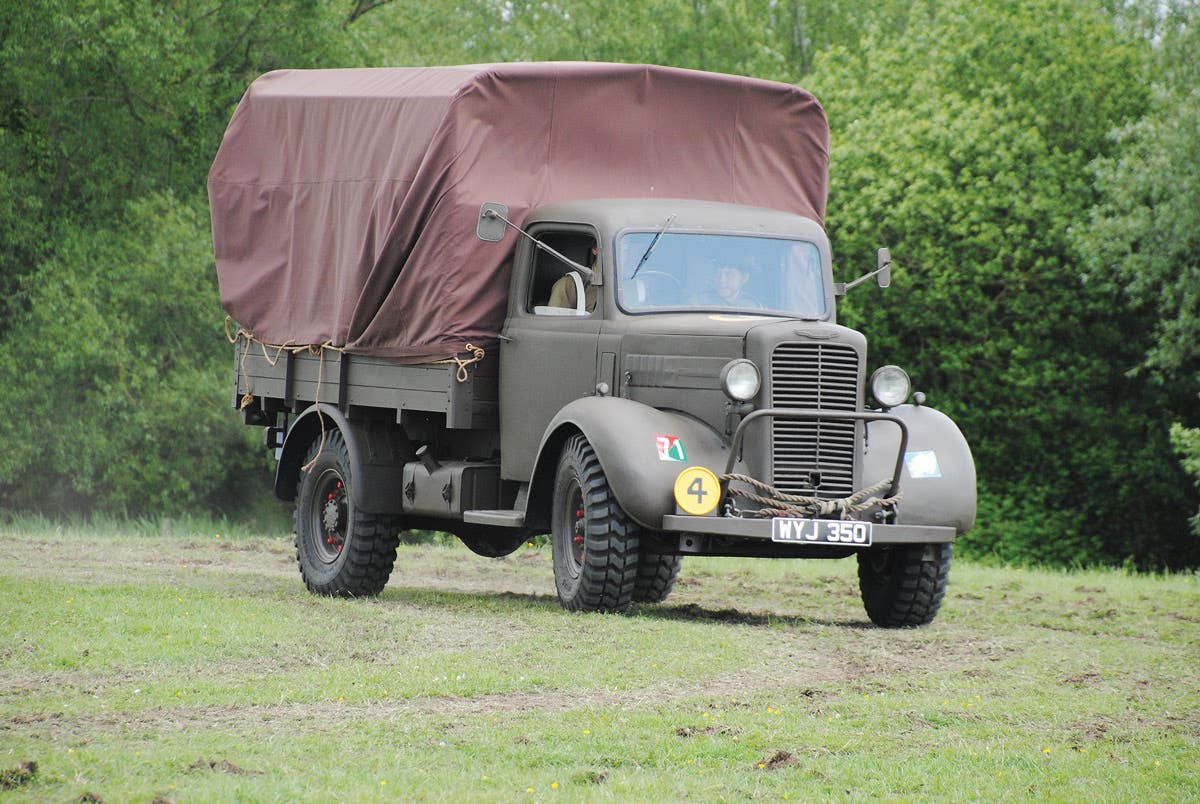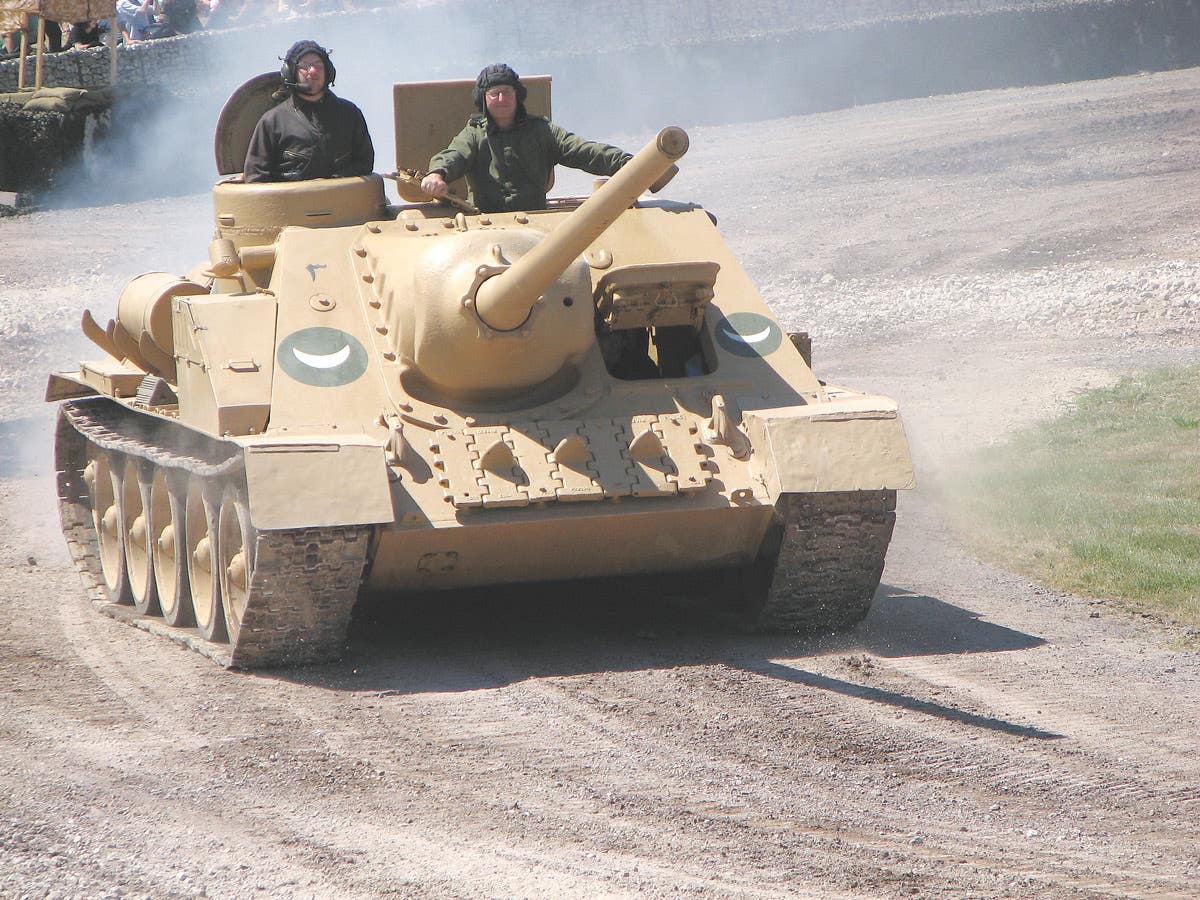Abrams can hold its own
Lt. Gen. John M. Murray, deputy chief of staff for financial management, recently testified before the Senate Armed Services Committee’s Airland Subcommittee on March 22, 2017, “I think for the…
Lt. Gen. John M. Murray, deputy chief of staff for financial management, recently testified before the Senate Armed Services Committee’s Airland Subcommittee on March 22, 2017, “I think for the very near term, the Abrams is still near the very top of its class.” He went on to declare, “I think we have parity … I don’t think we have overmatch.”
Murray was describing the third-generation M1 Abrams built by General Dynamics Corp. The first version entered service in 1980 and has served with combat distinction, most notably during Desert Storm. He was replying to a question from Sen. Tom Cotton, a Republican from Arkansas and chairman of the subcommittee, who asked what foreign tanks are competitive with the Abrams.
The General stated he felt the Israeli Merkava was on equal footing with the Abrams. He went on, “The [Russian] T-90 is probably pretty close. People talk about their Armata tank and that’s still, in my mind, not completely fielded. Probably the British tank [Challenger 2] is pretty close.”
Before concluding his remarks, Murray admitted, “I would not say that we have the world-class tank that we had for many, many years. I’ll be an optimist and say that we’re at parity with a lot of different nations.”
ON PAR WITH ABRAMS?
The current version of the Abrams is the M1A2 SEPv3. The System Enhancement Package (SEP) upgrades the M1A2 to third-generation depleted uranium armor components with graphite coating. In addition to 300 M1A2s upgraded to M1A2 SEP for the USA, 240 new tanks were built, unknown numbers of upgraded basic M1s and M1IPs, and 400 of the oldest M1A1s were upgraded to M1A2 SEP.
The M1A2 SEPv3 has increased power generation and distribution, better communications and networking, new Vehicle Health Management System (VHMS) and Line Replaceable Modules (LRMs) for improved maintenance, an Ammunition DataLink (ADL) to use airburst rounds, improved counter-IED armor package, improved FLIR using long- and mid-wave infrared, a low-profile CROWS RWS, and an Auxiliary Power Unit (APU) under armor to run electronics while stationary instead of the engine, visually distinguishing the version by a small exhaust at the left rear. Prototypes began testing in 2015. The M1A2 SEPv3 is expected to enter service this year.








